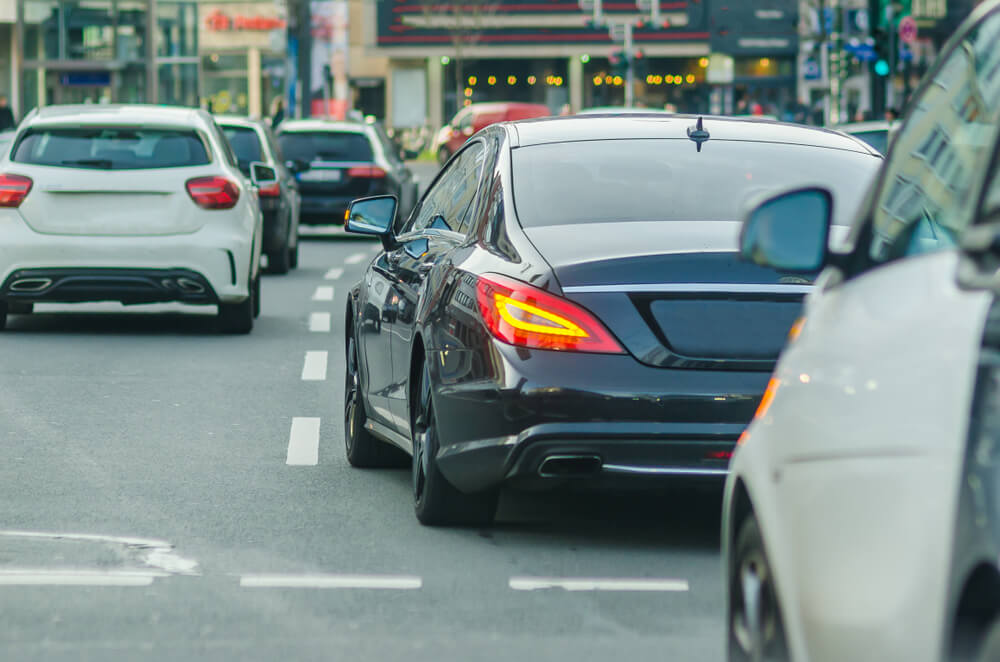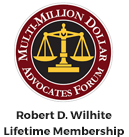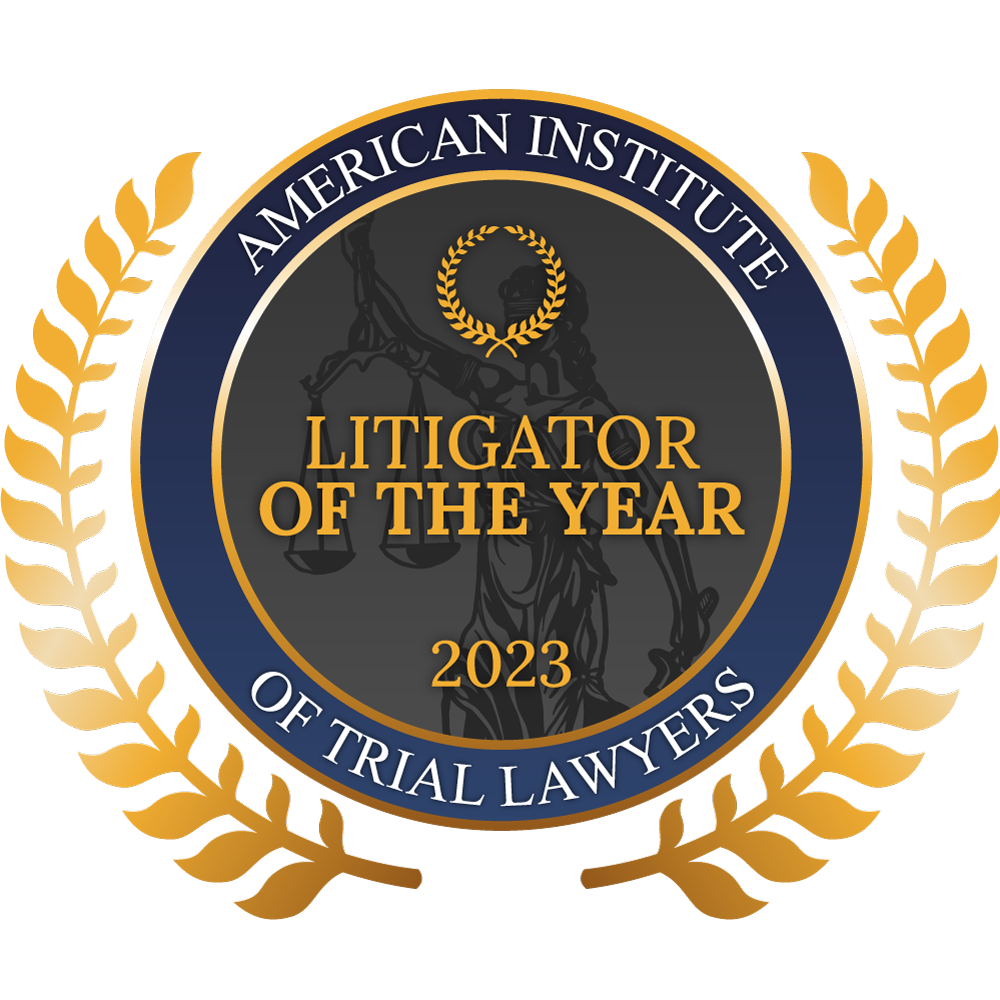
When two cars collide while changing lanes, the drivers involved might wonder who was responsible for the crash. Depending on the circumstances, either driver may be at fault, or both drivers could share responsibility for the collision. To pursue compensation for medical expenses and other losses after a car accident in Colorado, you will need evidence proving another driver was at fault. This typically requires the resources of a knowledgeable personal injury attorney.
The Denver car accident attorneys at the Wilhite Law Firm have extensive experience helping those who have been injured in lane-change accidents. Contact our office for a free case review with a Colorado car accident lawyer.
What Are Colorado Laws for Lane Changes?
According to Section 42-4-1007 of the Colorado Revised Statutes (CRS), drivers should stay within a single lane when driving and should not move from that lane until the driver has determined that he or she can change lanes safely. The law says that drivers should not drive in the center lane when driving on three-lane roads except when passing another car.
CRS Section 42-4-1003 says drivers must pass on the left side of the vehicle they are overtaking and should not move back into the right lane until they have safely overtaken the other vehicle. The law states that the driver of the overtaken vehicle should yield the right-of-way to the passing car and should not increase their speed until the other car has passed them.
How Is Fault Determined in a Lane-Change Accident?
Fault in Denver personal injury cases is based on negligence. In lane-change accidents, the most important information is who had the right of way. The driver who had the right of way usually is not at-fault for the accident.
A motorist is considered negligent under Colorado law if he or she failed to take reasonable actions to prevent others from being injured in an accident. A driver’s failure to obey traffic laws or to yield to another driver who has the right of way would likely be a sign of negligence.
For example, if a driver is occupying the right lane on a four-lane highway and another motorist attempts to merge into the right lane, the second driver would have to wait until the lane was clear. The first driver is already occupying the lane and has right of way. If the second driver fails to yield to the driver who is occupying the right lane and attempted to merge into the lane, the second driver would likely be at fault in a lane-change collision.
The particular facts in a lane-change accident and the available evidence will determine who is found negligent and financially liable to the other driver for injuries.
Is Colorado a No-Fault State?
 Colorado is not a no-fault state. You have the right to file an insurance claim or personal injury lawsuit against the at-fault driver after an accident and demand compensation for your injuries.
Colorado is not a no-fault state. You have the right to file an insurance claim or personal injury lawsuit against the at-fault driver after an accident and demand compensation for your injuries.
A handful of states use a no-fault insurance system for accidents, meaning each driver’s insurance covers their own injuries, regardless of who caused the accident. Colorado used a fault-based insurance system.
Is It Possible for Both Drivers to Be At Fault for the Accident?
If two drivers try to merge into the same lane at the same time, both may be found partially at fault for a lane-change accident, as an example. Colorado uses a modified form of comparative negligence to assign fault in car accident cases. Under a comparative negligence system, the degree of fault of each driver is weighed and any compensation an injured driver may be eligible to receive would be reduced proportionately by the driver’s share of fault. It’s not just a question of who is at fault, but who bears the greater percentage of liability.
Can a Police Report Help Determine Who Was at Fault?
Police reports generally are not allowed as evidence if a personal injury lawsuit goes to trial in Colorado. But a police report can help your attorney build a complete picture of how a lane-change accident occurred. You should report an accident to the police and wait for the officer to arrive to investigate the collision. Police are generally required to provide an account of how the crash occurred in an accident report as well as the names and insurance companies of the drivers involved.
In combination with other documents such as crash-scene photos, eyewitness accounts, and expert testimony, a police accident report could be helpful for your injury claim. Insurance adjusters generally turn to the police report for an independent assessment of what occurred.
What Is Considered No Doubt Liability?
There are certain types of accidents in which one party is nearly always at fault for the crash. These incidents are known as “no doubt liability” cases. It can be hard to argue for compensation in these circumstances. For example, in rear-end collisions, the driver who struck the other car from behind is almost always at fault.
In many lane-change accidents, the driver who was changing lanes is found at fault because they have the responsibility to make sure the lane is open and it is safe to change lanes before doing so. Under certain circumstances, the driver who was already in the lane may be responsible. An experienced car accident attorney can review the details of your lane change accident and discuss your chances of recovering compensation for your injuries.
How is Compensation Divided in a Lane-Change Accident?
If multiple parties share fault for a lane-change accident in Colorado, compensation will be reduced according to each driver’s share of fault. For example, if one driver is found to be 75 percent at fault for the accident, that driver will have to compensate the other driver for their injuries. However, because the other driver is 25 percent at fault for the crash, their compensation will be reduced by 25 percent.
One important thing to note about Colorado’s comparative negligence laws is that if you are found to be 50 percent or more at fault for an accident, you cannot receive any compensation for your injuries. A Colorado car accident lawyer can help you build a case for compensation while minimizing your degree of fault so you can recover as much money as possible.
Visit Our Car Accident Law Offices in Denver, CO
Contact a Colorado Car Accident Lawyer Today
Determining fault for lane-change accidents in Colorado can be challenging. You should seek the help of an experienced personal injury lawyer to investigate the accident and deal with the insurance companies. If you were injured in a lane change collision in Denver or the surrounding areas, the Wilhite Law Firm is ready to stand up for you. Contact us today for a free consultation to learn more about how we can help with your case.






















